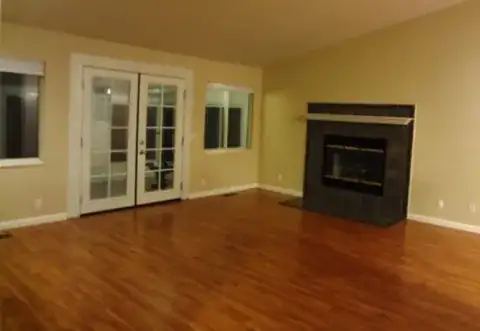My question assumes MACRS GDS depreciation, in the United States.
I converted my primary residence to a rental property last year. While I still lived there, I installed laminate flooring in some of the rooms. This type of flooring snaps together without glue, sits on a layer of foam, and is not fastened to the home in any way. The edges (up against the walls) are covered with trim (moulding) that is nailed to the walls.
If this had been new carpet, it would be considered as a separate asset with a 5-year recovery period.
If it had been a new roof, it would have been considered an "improvement" and added to the cost basis of the rental property, being depreciated over the property's 27.5-year recovery period.
How should I treat the laminate flooring?
For clarity, this is the type of flooring that I'm referring to:

